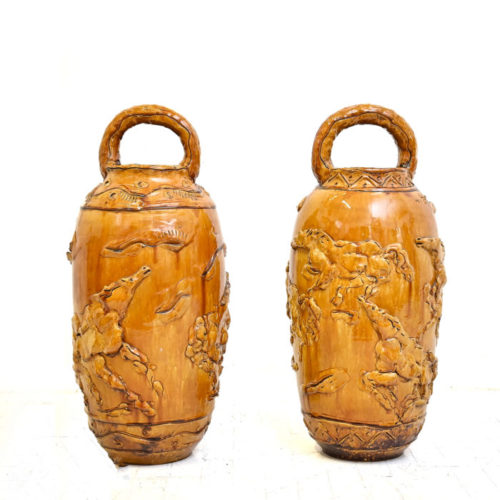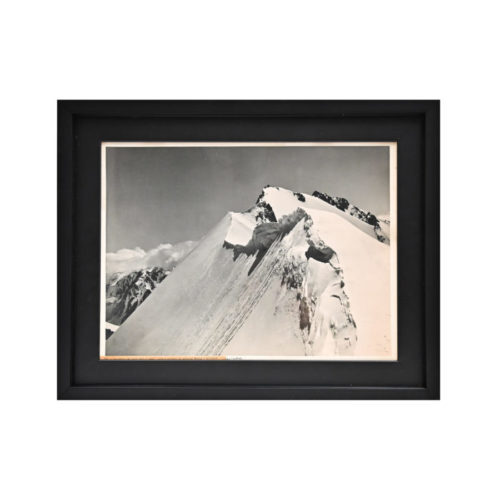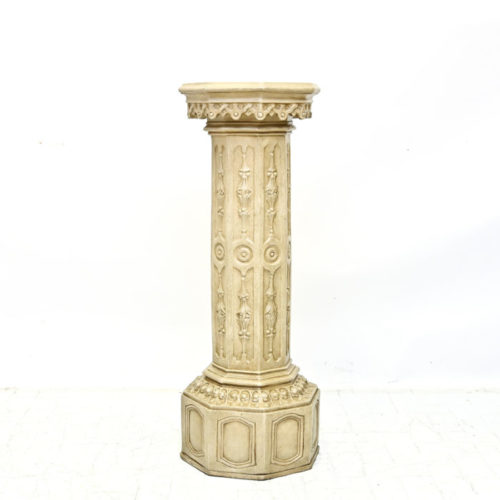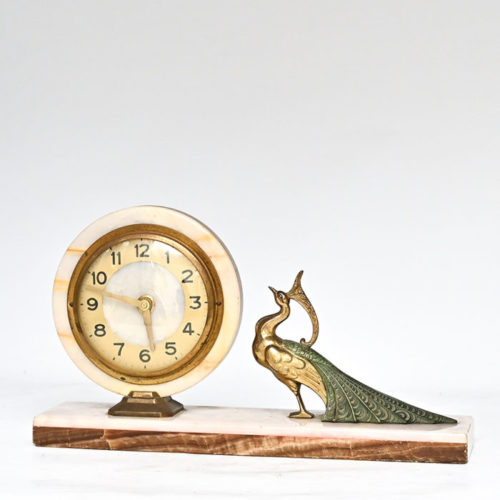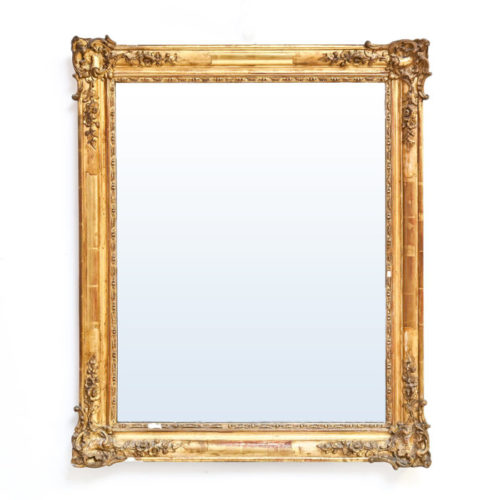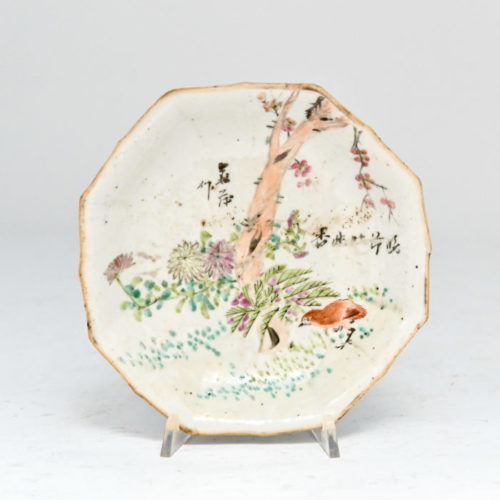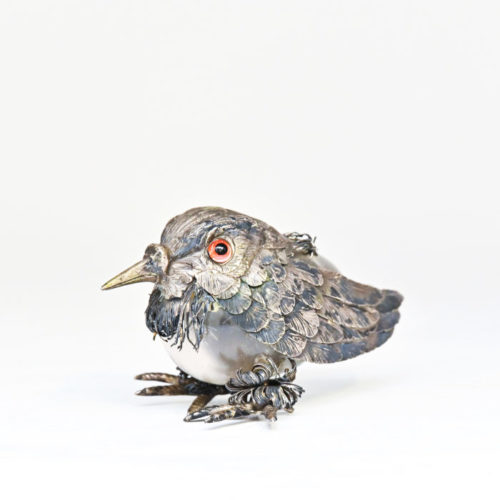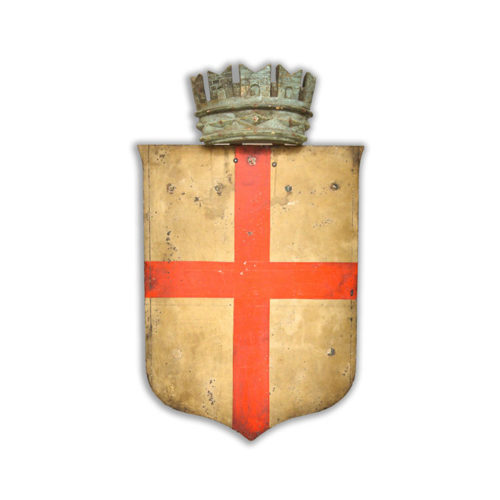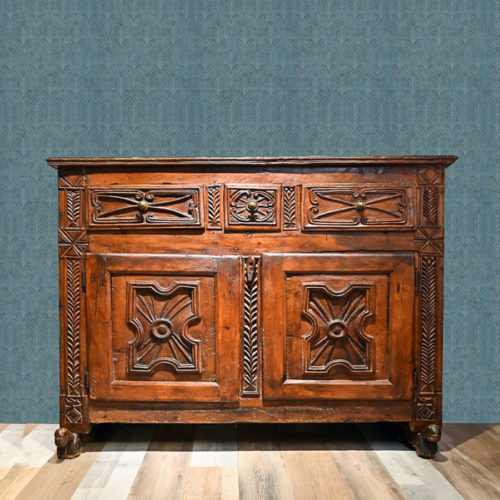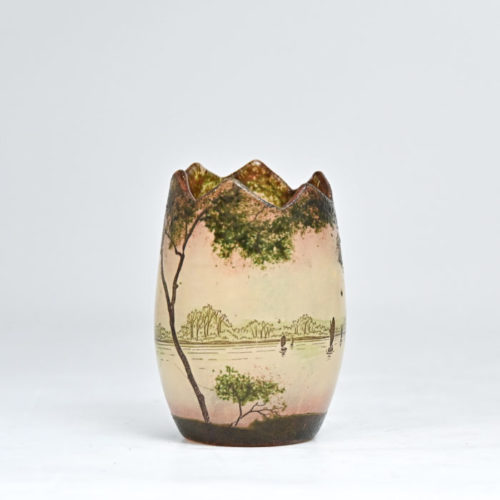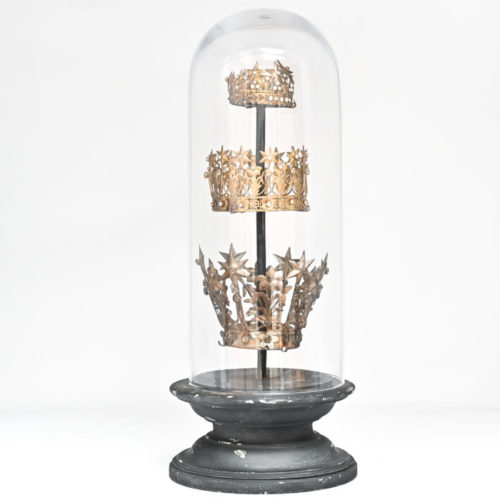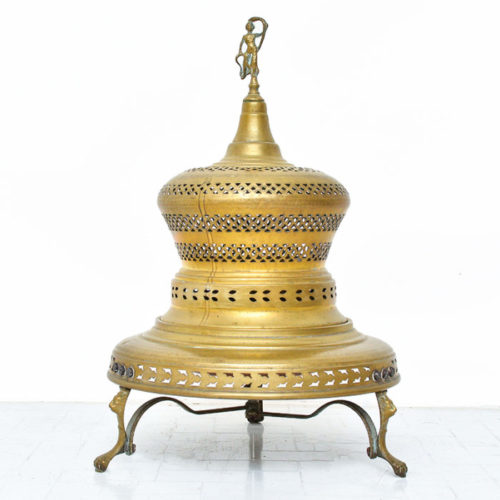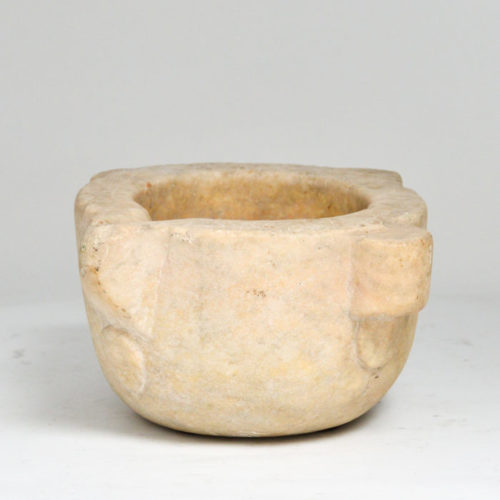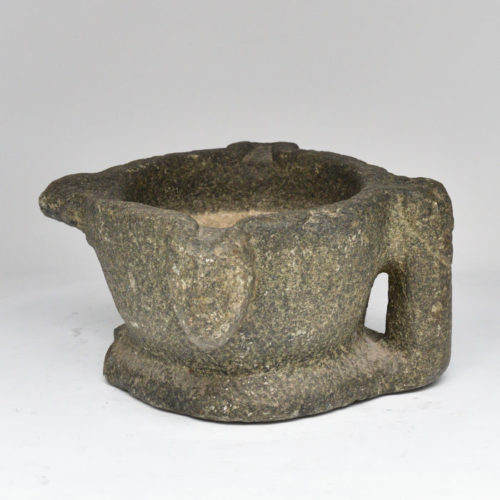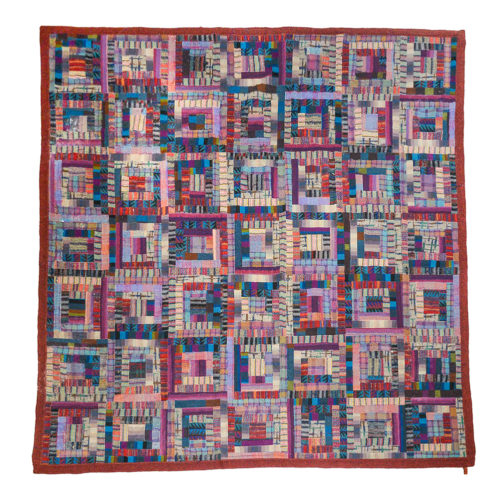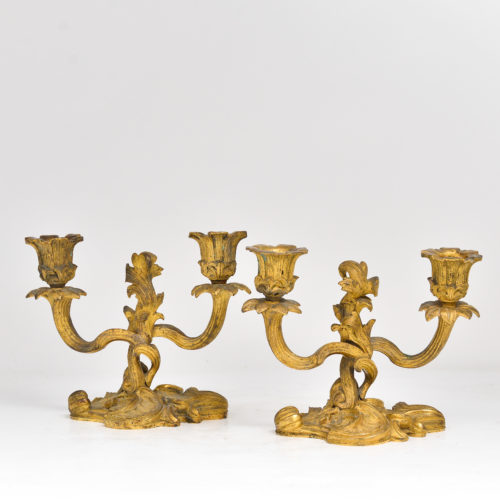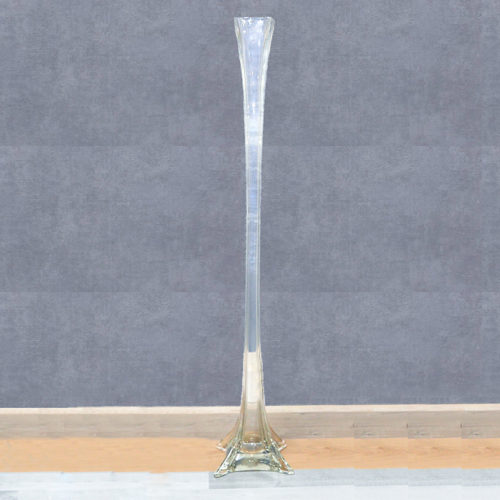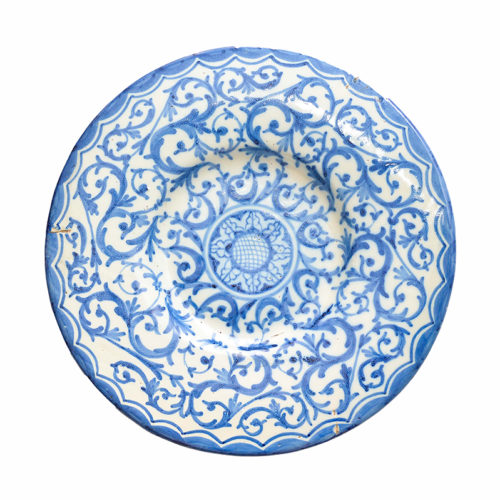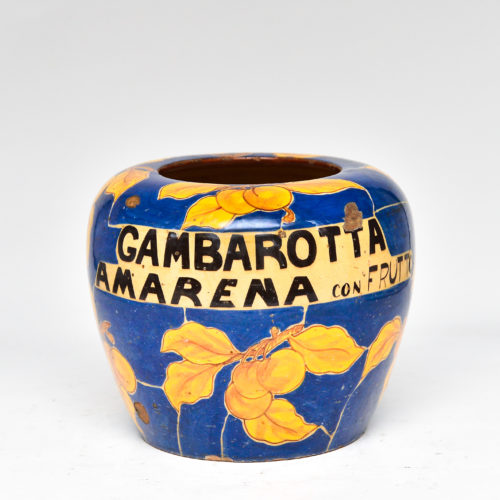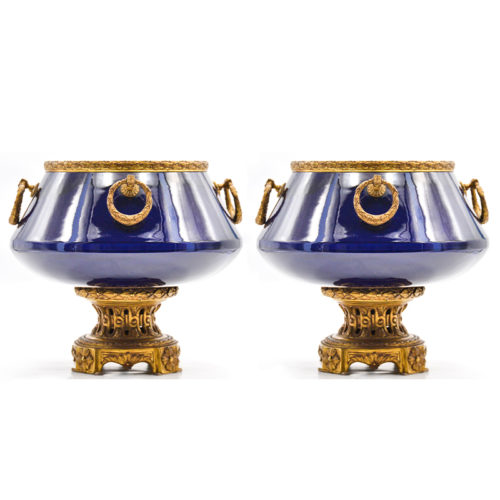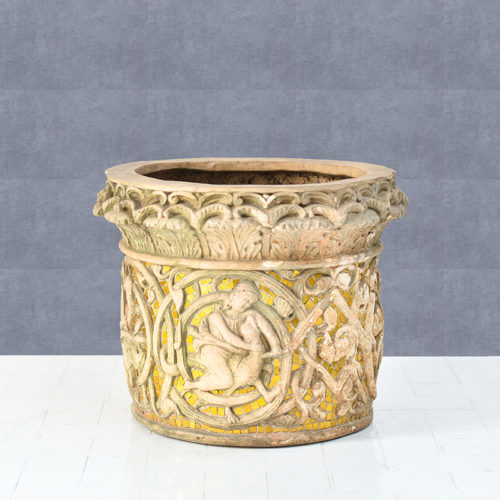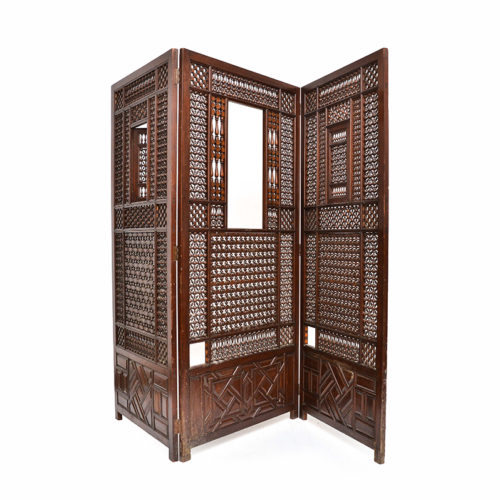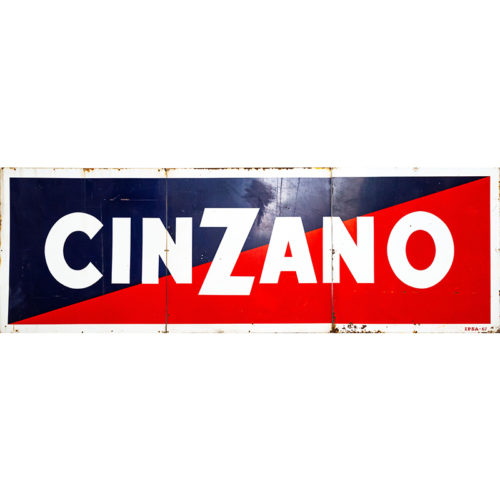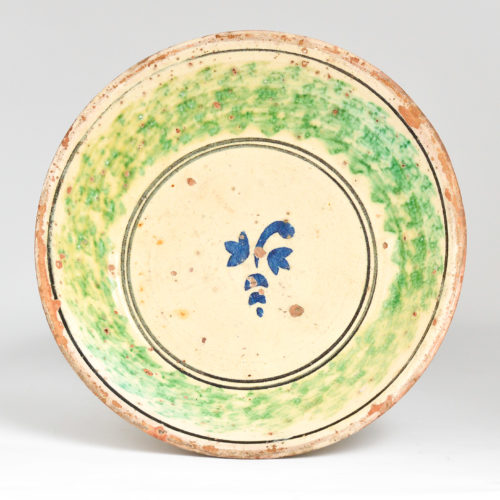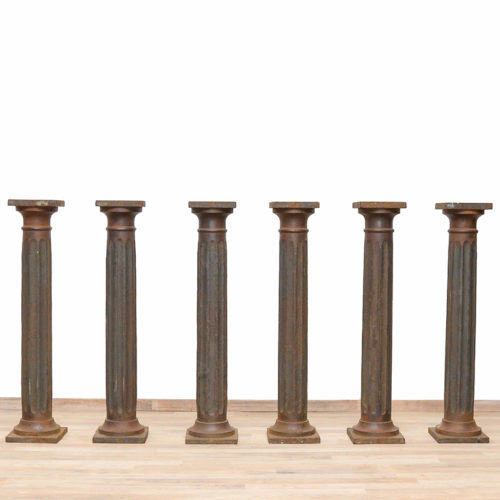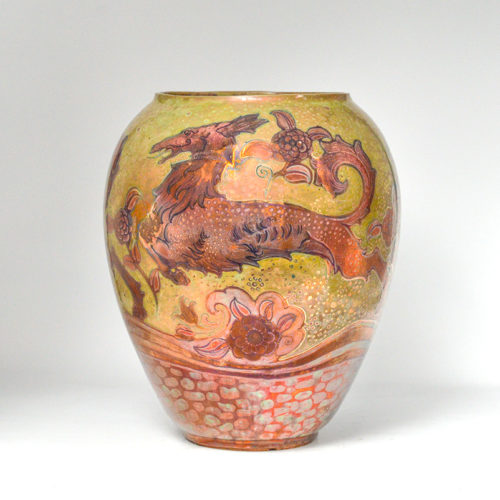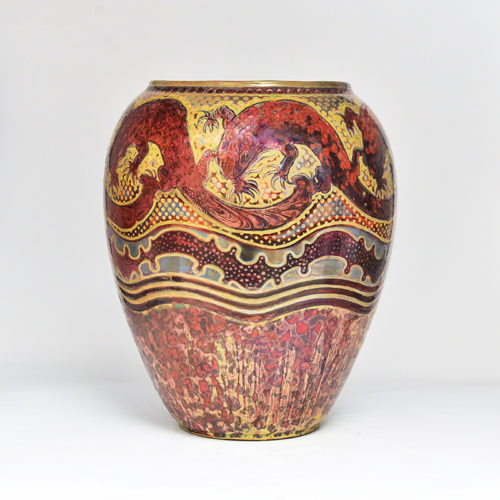"Dali - De Draeger" catalogue by Max Gérard, 1968.
The catalogue has a drawing of Don Quixote, with a dedication on the guard paper, a gift from the Catalan artist Salvador Dali (Figueras 1904 - 1989)
"Every morning, as I wake up, I experience a supreme pleasure that I am discovering today for the first time: that of being Salvador Dali, and I wonder, filled with wonder, what this Salvador Dali will do again today that is so prodigious. And every day it is more difficult for me to understand how others can live without being Gala or Salvador Dali.
A Catalan with a thirst for gold and glory, Dali painted a lot and talked a lot. His favourite subject: how to become a genius. His conclusion: 'Oh, Salvador, now you know, if you play at being a genius, you will become one!
Salvador Dali's taste for provocation, excessive character, pursuit of paradox and exaggerated egocentricity have made him a well-known figure to the general public. These elements have helped to turn a great artist - endowed with a fervid creative intelligence and a profound knowledge of the history of the arts, the masters of the past and the literary research of his time - into a myth, which still arouses great curiosity today.
However, his continuous exposure as an absolute 'genius' of art, to critics and to the judgement of the public, has given the impression of being able to fully understand his work and easily enter into his thought. In reality, his entire oeuvre reveals a very complex personality.
Like his compatriot Picasso, Dali experimented with different expressive languages during his long career, moving away from painting towards cinema, theatre, photography and even performance.
"At the age of six I wanted to be a cook. At seven I wanted to be Napoleon. And my ambition has been steadily growing ever since".
Dali's life and work are inextricably intertwined, in fact many events in the artist's life were reflected in his creations, and many paintings can only be understood on the basis of the events that marked his life.
At the age of six he painted his first canvas. Then, at the age of ten, he received his first drawing lesson, under the guidance of the famous Impressionist painter Ramón Pichot (1872 - 1925). He would later say that he was influenced by Pichot's works, which represented his first contact with a non-academic artistic current, focused on the reality of his time. At the age of fourteen he discovered the pompiers, at twenty-two cubism and at twenty-four he was already Dali, convinced that he had been called Salvador because he was destined to be the "saviour" of painting threatened with death by abstract art, academic surrealism, Dadaism in general and all the anarchic isms. At the age of 25, he was already winning over critics, doing business with gallery owners and collecting scandals.
Period: 1968
Measurements: Page size with drawing and dedication H 30 x W 27.5 cm
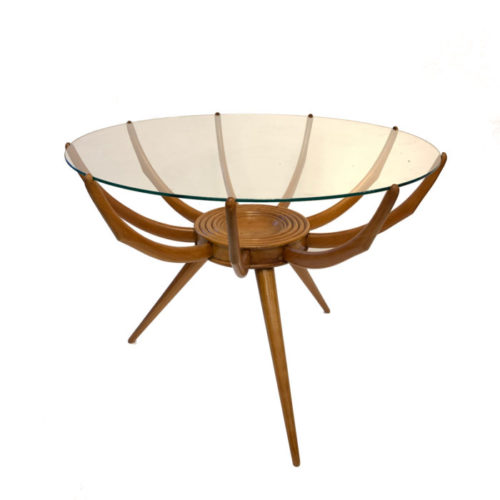 Coffee table model "Ragno" designed in 1955. Circular glass top and base with spiked legs and shaped arms in beech wood. Italian manufacture from the 1960s. Good conditions. Diameter cm 68 Height cm 50,5
Coffee table model "Ragno" designed in 1955. Circular glass top and base with spiked legs and shaped arms in beech wood. Italian manufacture from the 1960s. Good conditions. Diameter cm 68 Height cm 50,5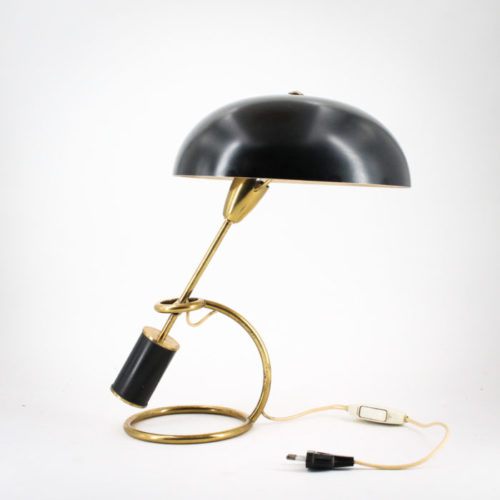 Table lamp mod. 12297 designed by Angelo Lelli for Arredoluce , Italy, 1950s Brass and lacquered aluminum. In excellent used working condition, authenticated by Arredoluce Lit.
Table lamp mod. 12297 designed by Angelo Lelli for Arredoluce , Italy, 1950s Brass and lacquered aluminum. In excellent used working condition, authenticated by Arredoluce Lit.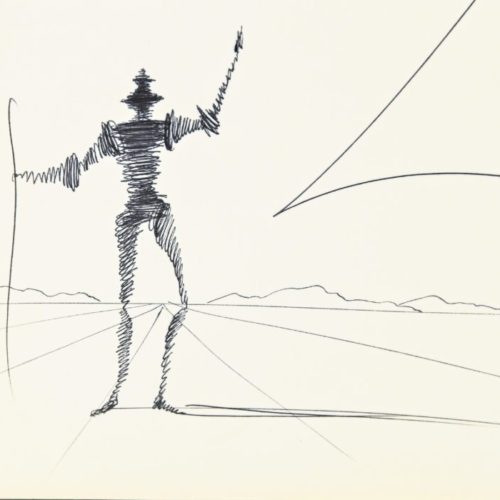 "Dali - De Draeger" catalogue by Max Gérard, 1968. The catalogue has a drawing of Don Quixote, with a dedication on the guard paper, a gift from the Catalan artist Salvador Dali (Figueras 1904 - 1989) "Every morning, as I wake up, I experience a supreme pleasure that I am discovering today for the first time: that of being Salvador Dali, and I wonder, filled with wonder, what this Salvador Dali will do again today that is so prodigious. And every day it is more difficult for me to understand how others can live without being Gala or Salvador Dali. A Catalan with a thirst for gold and glory, Dali painted a lot and talked a lot. His favourite subject: how to become a genius. His conclusion: 'Oh, Salvador, now you know, if you play at being a genius, you will become one! Salvador Dali's taste for provocation, excessive character, pursuit of paradox and exaggerated egocentricity have made him a well-known figure to the general public. These elements have helped to turn a great artist - endowed with a fervid creative intelligence and a profound knowledge of the history of the arts, the masters of the past and the literary research of his time - into a myth, which still arouses great curiosity today. However, his continuous exposure as an absolute 'genius' of art, to critics and to the judgement of the public, has given the impression of being able to fully understand his work and easily enter into his thought. In reality, his entire oeuvre reveals a very complex personality. Like his compatriot Picasso, Dali experimented with different expressive languages during his long career, moving away from painting towards cinema, theatre, photography and even performance. "At the age of six I wanted to be a cook. At seven I wanted to be Napoleon. And my ambition has been steadily growing ever since". Dali's life and work are inextricably intertwined, in fact many events in the artist's life were reflected in his creations, and many paintings can only be understood on the basis of the events that marked his life. At the age of six he painted his first canvas. Then, at the age of ten, he received his first drawing lesson, under the guidance of the famous Impressionist painter Ramón Pichot (1872 - 1925). He would later say that he was influenced by Pichot's works, which represented his first contact with a non-academic artistic current, focused on the reality of his time. At the age of fourteen he discovered the pompiers, at twenty-two cubism and at twenty-four he was already Dali, convinced that he had been called Salvador because he was destined to be the "saviour" of painting threatened with death by abstract art, academic surrealism, Dadaism in general and all the anarchic isms. At the age of 25, he was already winning over critics, doing business with gallery owners and collecting scandals. Period: 1968 Measurements: Page size with drawing and dedication H 30 x W 27.5 cm
"Dali - De Draeger" catalogue by Max Gérard, 1968. The catalogue has a drawing of Don Quixote, with a dedication on the guard paper, a gift from the Catalan artist Salvador Dali (Figueras 1904 - 1989) "Every morning, as I wake up, I experience a supreme pleasure that I am discovering today for the first time: that of being Salvador Dali, and I wonder, filled with wonder, what this Salvador Dali will do again today that is so prodigious. And every day it is more difficult for me to understand how others can live without being Gala or Salvador Dali. A Catalan with a thirst for gold and glory, Dali painted a lot and talked a lot. His favourite subject: how to become a genius. His conclusion: 'Oh, Salvador, now you know, if you play at being a genius, you will become one! Salvador Dali's taste for provocation, excessive character, pursuit of paradox and exaggerated egocentricity have made him a well-known figure to the general public. These elements have helped to turn a great artist - endowed with a fervid creative intelligence and a profound knowledge of the history of the arts, the masters of the past and the literary research of his time - into a myth, which still arouses great curiosity today. However, his continuous exposure as an absolute 'genius' of art, to critics and to the judgement of the public, has given the impression of being able to fully understand his work and easily enter into his thought. In reality, his entire oeuvre reveals a very complex personality. Like his compatriot Picasso, Dali experimented with different expressive languages during his long career, moving away from painting towards cinema, theatre, photography and even performance. "At the age of six I wanted to be a cook. At seven I wanted to be Napoleon. And my ambition has been steadily growing ever since". Dali's life and work are inextricably intertwined, in fact many events in the artist's life were reflected in his creations, and many paintings can only be understood on the basis of the events that marked his life. At the age of six he painted his first canvas. Then, at the age of ten, he received his first drawing lesson, under the guidance of the famous Impressionist painter Ramón Pichot (1872 - 1925). He would later say that he was influenced by Pichot's works, which represented his first contact with a non-academic artistic current, focused on the reality of his time. At the age of fourteen he discovered the pompiers, at twenty-two cubism and at twenty-four he was already Dali, convinced that he had been called Salvador because he was destined to be the "saviour" of painting threatened with death by abstract art, academic surrealism, Dadaism in general and all the anarchic isms. At the age of 25, he was already winning over critics, doing business with gallery owners and collecting scandals. Period: 1968 Measurements: Page size with drawing and dedication H 30 x W 27.5 cm Period: 19th century Measures: H 96 x L 11 x P 8 cmAncient mercury barometer mounted on a mahogany table signed Cesare Vaselli from the early 19th century. This ancient measuring instrument consists of a glass tube filled with mercury and turned with the open side downwards inside a glass bulb containing other mercury. The mercury column tends to descend into the bulb leaving the void behind it: by measuring the height of the column the atmospheric pressure can be calculated. Mercury was already known in ancient times to the Chinese and Hindus; it was found in Egyptian tombs dated around 1500 BC. from 500 BC. begins its use as an amalgam for other metals. The ancient Greeks used it as a pigment for paintings, and the Romans used it in cosmetics. According to medieval alchemists it was the material from which everything else had been formed, and they thought that once hardened it would turn into gold.
Period: 19th century Measures: H 96 x L 11 x P 8 cmAncient mercury barometer mounted on a mahogany table signed Cesare Vaselli from the early 19th century. This ancient measuring instrument consists of a glass tube filled with mercury and turned with the open side downwards inside a glass bulb containing other mercury. The mercury column tends to descend into the bulb leaving the void behind it: by measuring the height of the column the atmospheric pressure can be calculated. Mercury was already known in ancient times to the Chinese and Hindus; it was found in Egyptian tombs dated around 1500 BC. from 500 BC. begins its use as an amalgam for other metals. The ancient Greeks used it as a pigment for paintings, and the Romans used it in cosmetics. According to medieval alchemists it was the material from which everything else had been formed, and they thought that once hardened it would turn into gold.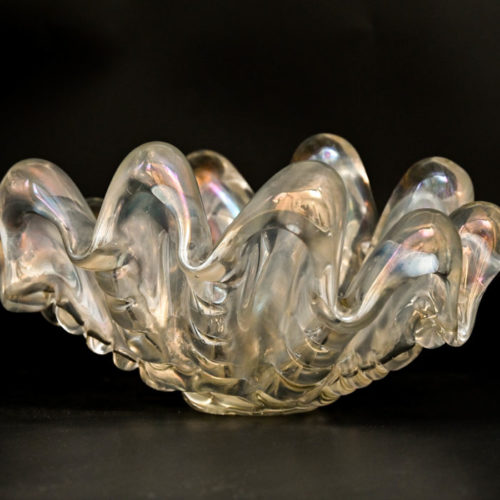 Period: 1940s Measures: H 14 x L 21 x P 33.5 cmArt Glass by Ercole Barovier Large bowl in iridescent colors dating back to the 1940s, in shell-shaped glass with pronounced lobes and Clam Shell ribbed base.
Period: 1940s Measures: H 14 x L 21 x P 33.5 cmArt Glass by Ercole Barovier Large bowl in iridescent colors dating back to the 1940s, in shell-shaped glass with pronounced lobes and Clam Shell ribbed base.